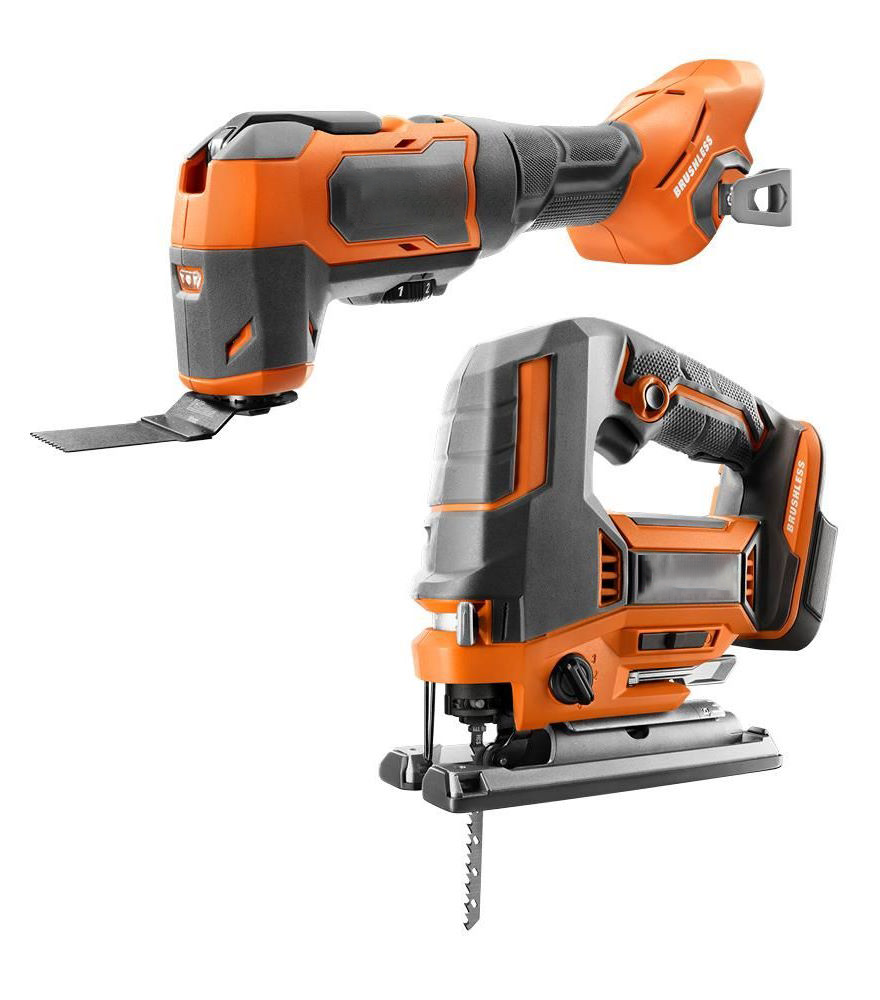Oscillating Saw vs. Jigsaw: Which One Should You Use?

Trying to figure out whether you need an oscillating saw or a jigsaw? You're not alone. These two tools might seem similar at first glance, but they're built for completely different jobs. If you're staring at a project and wondering which one to grab, let's break it down so you can make the best choice without second-guessing yourself.
Oscillating Saw: What's the Deal?
An oscillating saw, often called a multi-tool, is one of the most versatile power tools out there. It's compact, easy to control, and—best of all—can handle a ridiculous number of tasks. Instead of moving up and down or spinning, the blade vibrates (or oscillates) at super high speeds, making precise cuts in tight spaces. It's your best friend for detail work and awkward angles.
Plus, it's not just for cutting. Swap out the blade for a sanding attachment, and you can smooth rough edges or remove old paint. Need to scrape off tile adhesive or cut through nails? No problem. The oscillating saw is the kind of tool that makes you wonder how you ever got by without one.
Jigsaw: The Curvy Cutter
A jigsaw is the tool you need when your cuts start getting creative. Unlike an oscillating saw, which is all about precision in small areas, a jigsaw is made for cutting curves, circles, and custom shapes. The blade moves up and down, letting you steer it like a mini power saw, perfect for woodworking and DIY projects where straight lines just won't cut it.
Whether you're crafting custom shelves, cutting out an intricate design, or making a quick notch in plywood, a jigsaw gives you the flexibility to follow any pattern you can dream up. Some models even come with orbital settings, making it easier to cut through thicker materials faster.
Key Differences (So You Don't Mix Them Up)
- Cutting Motion – An oscillating saw vibrates back and forth, while a jigsaw moves up and down.
- Best For: – Oscillating saws shine in tight spaces and detail work, while jigsaws dominate when you need curves or long, straight cuts.
- Materials: – Jigsaws handle wood, plastic, and metal well, while oscillating saws can tackle a wider range of materials, including drywall and grout.
- Control: – Oscillating saws offer precision, while jigsaws require a steady hand to navigate curves.
- Multi-functionality: – Oscillating saws go beyond cutting and can sand, scrape, and grind, while jigsaws focus on cutting alone.
When an Oscillating Saw Is the Right Choice
An oscillating saw is like a Swiss Army knife for DIYers. If you need to make a precise cut in a weirdly tight spot, this is your tool. It's perfect for:
- Plunge Cuts – Need to cut straight into the middle of something? No problem.
- Trim Work – Perfect for cutting molding, door frames, and flooring with accuracy.
- Flush Cuts – Slicing off nails, pipes, or excess wood without leaving a mess.
- Removing Stuff – Peeling off grout, old paint, or adhesive? This tool does it effortlessly.
- Versatile Attachments – With the right blade, it sands, scrapes, and even polishes surfaces.
If you're working on home renovations, flooring, or anything that needs careful, controlled cutting, an oscillating saw will be your best friend.
When You Should Grab a Jigsaw Instead
Jigsaws come into play when straight cuts aren't enough. If your project involves curving edges, patterns, or thicker materials, the jigsaw wins. Here's where it works best:
- Curved and Intricate Cuts – Think decorative woodwork, DIY furniture, and art projects.
- Beveled Cuts – Many jigsaws have adjustable bases for angled cuts, making them great for trimming.
- Thicker Materials – If you need to cut deeper into wood or metal, a jigsaw can power through.
- Straight Cuts with a Guide – Not as sharp as a circular saw, but still decent for controlled straight cuts.
- Multiple Blade Choices – Switching between fine-tooth, coarse-tooth, or specialty blades lets you cut through different materials with ease.
If you're a woodworker, furniture maker, or just love getting creative with power tools, a jigsaw is a must-have.
So, Which One Do You Need?
Honestly? If you're into DIY, you'll probably want both at some point. They don't replace each other—they complement each other. Grab an oscillating saw for detail work, precision cutting, and quick fixes in tricky spots. Reach for a jigsaw when you need to cut custom shapes, curves, or thicker materials. Having both in your toolkit means you're ready for almost any project that comes your way.
That said, if you have to pick just one, think about what you'll be working on the most. If it's mostly renovation tasks, tight cuts, and trim work, an oscillating saw will be your best bet. If you're more into woodworking, crafting, or cutting large pieces of material, a jigsaw is the way to go.
Pro Tip: The Right Blade Matters
No matter which saw you choose, using the right blade is crucial. Oscillating saws have different attachments for cutting, scraping, and sanding, while jigsaws need specific blades for wood, metal, or tile. The right blade can make a world of difference in how clean and easy your cuts turn out.
If you're serious about DIY or professional projects, investing in both tools will give you way more flexibility. They each have their strengths, and together, they make sure you're never stuck with the wrong tool for the job. Plus, once you have both, you'll wonder how you ever managed without them!
839GYLCCC1992




Leave a Reply